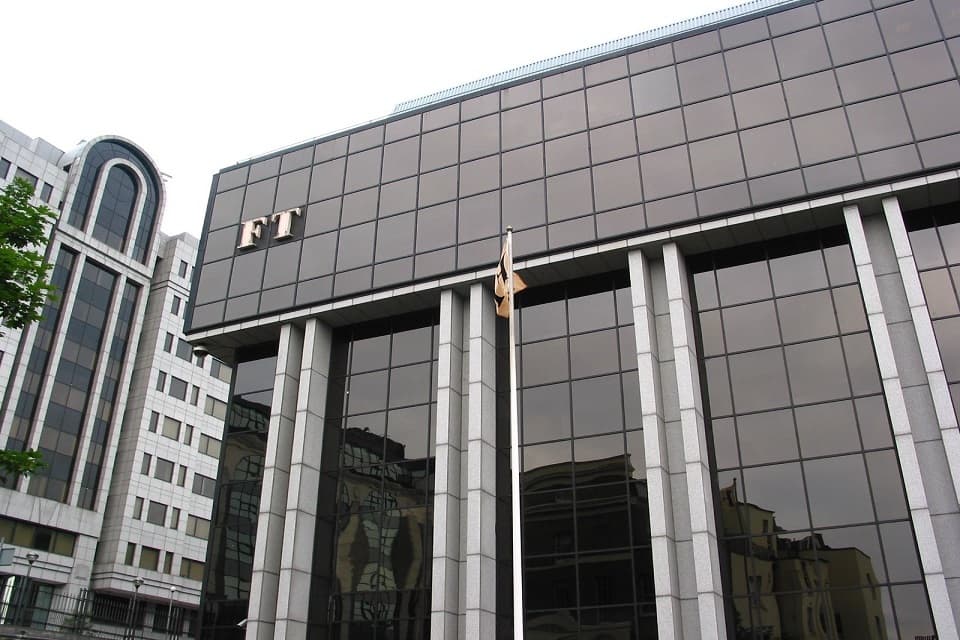The Financial Times, a leading source of global business news, has announced a staggering 20% increase in its subscription prices, leaving many readers questioning the value of their investment in quality journalism. This price hike comes at a time when working-class families are grappling with rising costs of living and stagnant wages, underscoring the widening gap between the affluent and the average worker.
Rising Costs Amid Economic Strain
As reported by Open Tools, the Financial Times now charges approximately €69 per month for a complete digital package. For many, this represents a significant financial burden, particularly as inflation continues to erode purchasing power. The irony is palpable: as the need for insightful economic analysis grows, access to it becomes increasingly prohibitive.
Impact on Access to Information
The subscription model of news outlets like the Financial Times raises critical questions about access to information. According to e2open, while subscription models were once seen as a pathway to sustainability for journalism, they now risk alienating the very audience that relies on accurate reporting for accountability. The rise in subscription costs could further entrench economic divides, as only those with disposable income can afford to stay informed.
\n\n
Thousands protest in Portugal over housing crisis | Reuters
Disparities in Financial Literacy
As the Financial Times elevates its prices, the disparities in financial literacy among different socioeconomic groups become more pronounced. Wealthier individuals often have the resources to navigate complex financial landscapes, while lower-income families may lack access to crucial information that could empower them economically. The Google search engine has democratized access to some information, but the depth and analysis offered by dedicated publications like the Financial Times are unmatched.
Consequences for Workers and Communities
The implications of this price increase extend beyond individual subscribers. Workers across various sectors are facing unprecedented challenges, from job insecurities to wage stagnation. The Price Timeline reveals that as costs for essential services rise, the burden on the working class intensifies. The disconnect between corporate journalism and the experiences of everyday workers creates an information void that can perpetuate cycles of poverty and disenfranchisement.
\n\n
STATEMENT: Passage of the 2025 Pentagon Budget Is Slap in Face to ...
The Call for Affordable Journalism
In light of these developments, there is a growing call for affordable journalism that prioritizes accessibility over profit margins. Organizations advocating for economic justice emphasize the need for a media landscape that reflects the voices of marginalized communities. As the Financial Times and similar outlets continue to raise prices, the demand for inclusive, affordable information sources becomes ever more urgent.








![[Video] More videos of ANTIFA activities emerge in Giessen](/_next/image?url=%2Fapi%2Fimage%2Fthumbnails%2Fthumbnail-1764454862523-wtbpg5-thumbnail.jpg&w=3840&q=75)